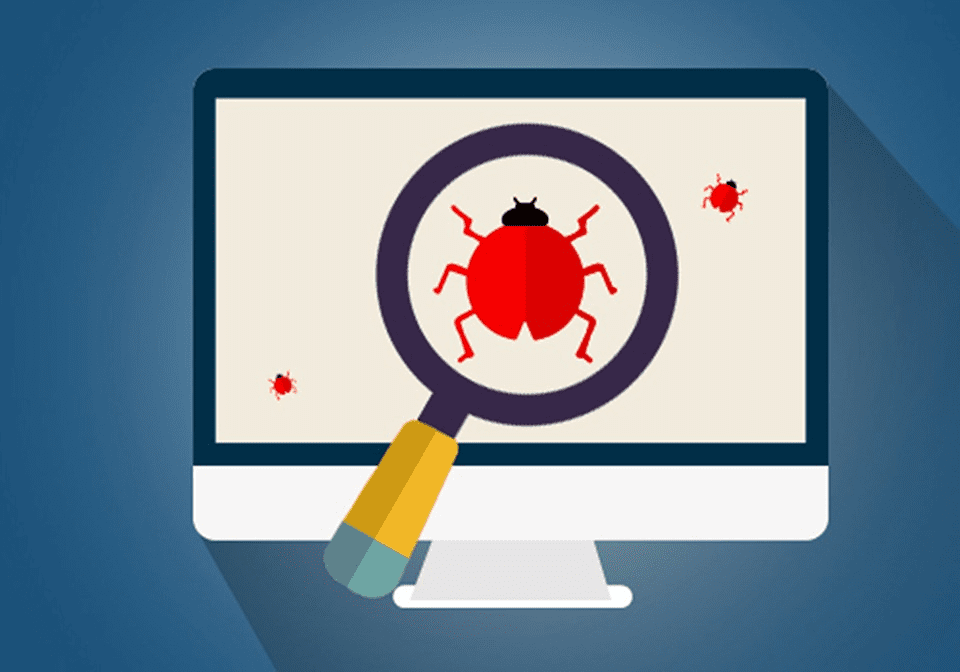“If it’s worth building, it’s worth testing” — Kent Beck, pioneer of Test Driven Development
Imagine this situation. It is 4:45 pm on a Friday afternoon, and a new feature on the company’s web application for generating sales reports is pushed to production. At 11:30 pm that night, the lead developer gets a frantic call from a customer — the new feature broke an existing business-critical feature. What if the team could have prevented the break in the first place? By including test automation from the beginning of the development process, this is possible.
What Is Testing?
Testing is crucial to many agile software development processes. Testing enables developers to know ahead of time if everything will work as expected. With a well-written set of tests, developers can know whether or not new additions to a codebase will break existing features and behavior. Testing processes become the crystal ball of the software development process.

Testing can be automated or performed manually, but automated testing allows software development teams to test code more quickly, frequently, and accurately. Software testers and developers can then free up their time and focus on the more difficult tasks at hand.
How To Develop For Testing
The key to being successful with test automation in the software development life cycle is to introduce it as early on as possible. While many developers recognize the importance of testing their software, the testing process is often times delayed until the end of the development cycle. Testing may even be dropped completely in order to make a deadline or meet budgetary restrictions.
Those not using test automation may view testing as a burden or roadblock to developing and delivering an application. A well-written set of tests, however, can end up saving time during the development process. The key to this is to write them as soon as new features are developed. This practice is commonly known as Test Driven Development. Writing tests as one develops features also encourages better documentation and leads to smaller changes in the codebase at a given time. Taking smaller steps in creating and changing a codebase enables the developer to make sure that what he/she adds maintains the health of the codebase.

Just as one can adapt his/her development workflow to Test Driven Development, it is important to also adapt the way tests are written when leveraging automated tests. Automated tests typically contain three parts: the setup, the action to be tested, and the validation. The best tests are those that test just one item, so developers know exactly what breaks and how to fix it. Tests that combine multiple actions are more difficult to create and maintain as well as slower to run. Most importantly, complicated tests do not tell the developers exactly what is broken and still require additional debugging/exploration to get to the root of the problem.
Automated testing can be broken down into different types of tests, such as web testing, unit testing, and usability testing. While it may not be possible to have complete automated test coverage for every application, a combination of different types of testing can provide a comprehensive test suite that can be augmented by hands-on testing as well.
Platforms like Testim enable developers to automate web testing across multiple browsers, as if a user was testing the application hands-on. This enables both developers and testers to uncover issues that cannot be discovered using hands-on testing methods.
What causes a test to fail?
The purpose of testing software is to identify bad code. Bad code either does not function as expected or breaks other features in the software. Testing is important to developers as it allows them to quickly correct the bugs and maintain a healthy codebase that enables a team of developers to develop and ship new features
However, tests can fail for reasons that are not bad code. When doing hands-on testing, a failed test can even be the result of human error. With some automated testing suites, if a test is written for a button on a webpage with a certain identifier, and the identifier changes, that test will then fail the next time it is run.
The failure of the button test may cause the developer to think something is wrong with thier code, and as a result, they may spend hours digging through endless lines of code to suss out the issue, only to find that it was the result of a bad test and not bad code.
How Does Testim Help With Testing?
Testim gives developers and testers a way to quickly create, execute, and maintain tests. It does this by adapting to the changes that are made during the software development cycle. Through machine learning algorithms, Testim enables developers to create tests that can learn over time. This could lead to things like automated testing that adapts to small changes like the ID of a button, which would create more reliable tests that developers and testers can trust to identify bad code.
Tests that are quick to create and run will transform the software development process into one that ships code quicker, so developers can spend their time developing.





